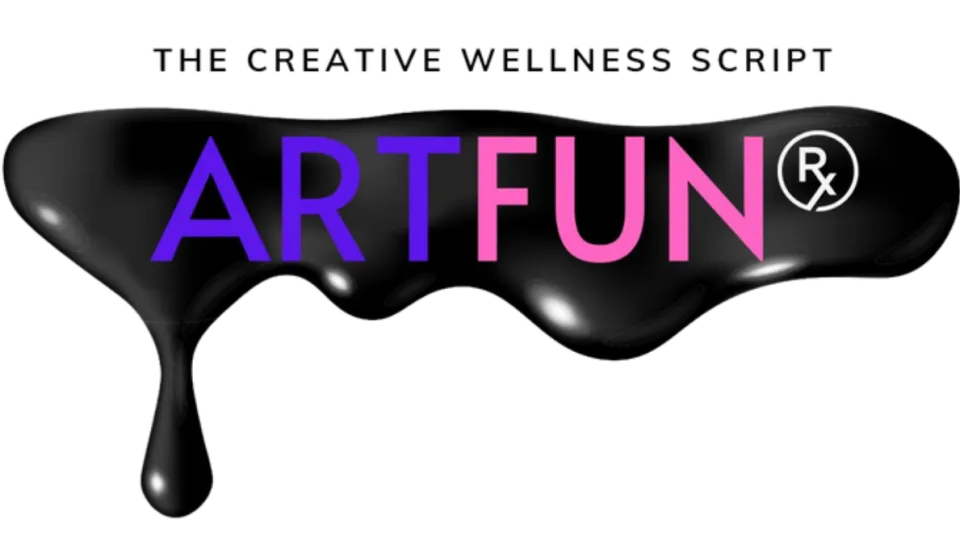The Neuroscience of Art Therapy: How It Heals Differently from Talk Therapy

Learn more about art therapy, neuroplasticity and the limbic system in this article by Awareness News: https://theawarenessnews.com/2025/02/19/the-neuroscience-of-art-therapy-how-it-heals-differently-from-talk-therapy/
Neuroscience offers insights into how art therapy works, especially in understanding traumatic memories, stress, emotions, and the brain’s response during art making. This helps explain why people are drawn to art and the effects of it on the brain and body.
Let’s start by learning the brain mechanisms linked to this. First of all: art leverages neuroplasticity (the brain’s ability to form new neural connections), promoting cognitive flexibility and resilience, particularly in trauma recovery and neurological injury. It is also connected to emotional regulation and the limbic system (a group of interconnected brain structures that help regulate your emotions and behavior).
This happens because there’s influence on brain areas like the amygdala and hippocampus, helping to process traumatic memories and regulate emotions. Studies have shown reduced amygdala activity during this process, leading to reduced anxiety. Also, it engages multiple sensory modalities,enhancing sensory integration and processing, which is beneficial for conditions like autism spectrum disorder and sensory processing disorders.
Due to all this factors, it can be great at: helping patients suffering from PTSD, as it aids in processing traumatic memories and improve emotional regulation; or during neurorehabilitation, when it comes to recovery in stroke survivors and traumatic brain injury patients because it engages brain regions involved in motor control and visual-spatialprocessing.




